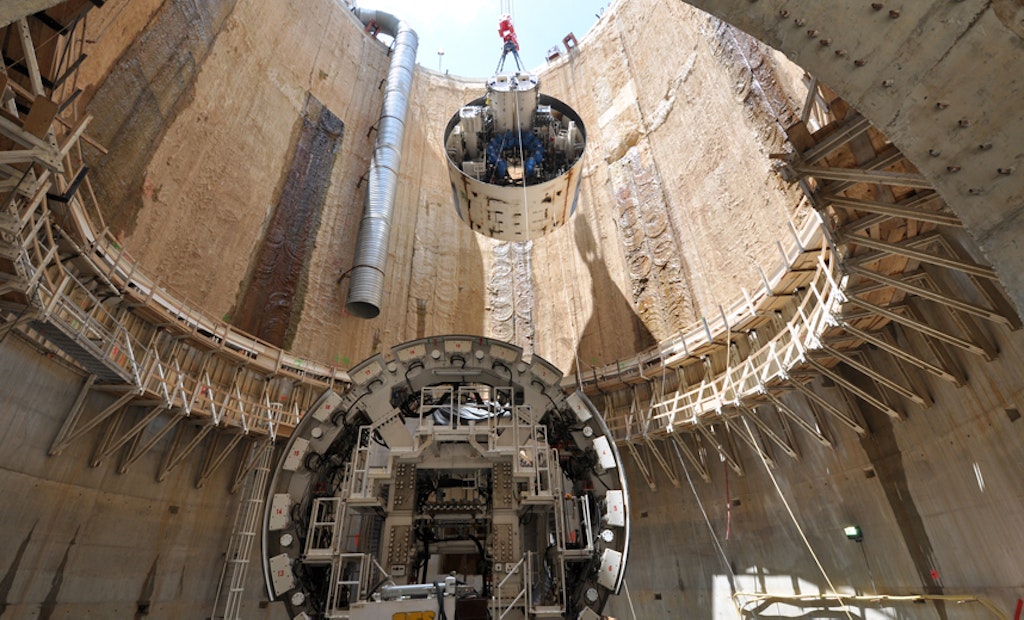
A segment of a tunnel-boring machine is lowered into a tunnel as part of DC Water's Anacostia River tunnel project. (Photo Courtesy of DC Water)
A large river flows through Washington, D.C., but if you’re imagining a crystal-clear, picturesque river flowing through the nation’s capital, think again.
For decades, the Anacostia River in Washington has been unusable. No swimming, no fishing — completely unsafe to use for...





